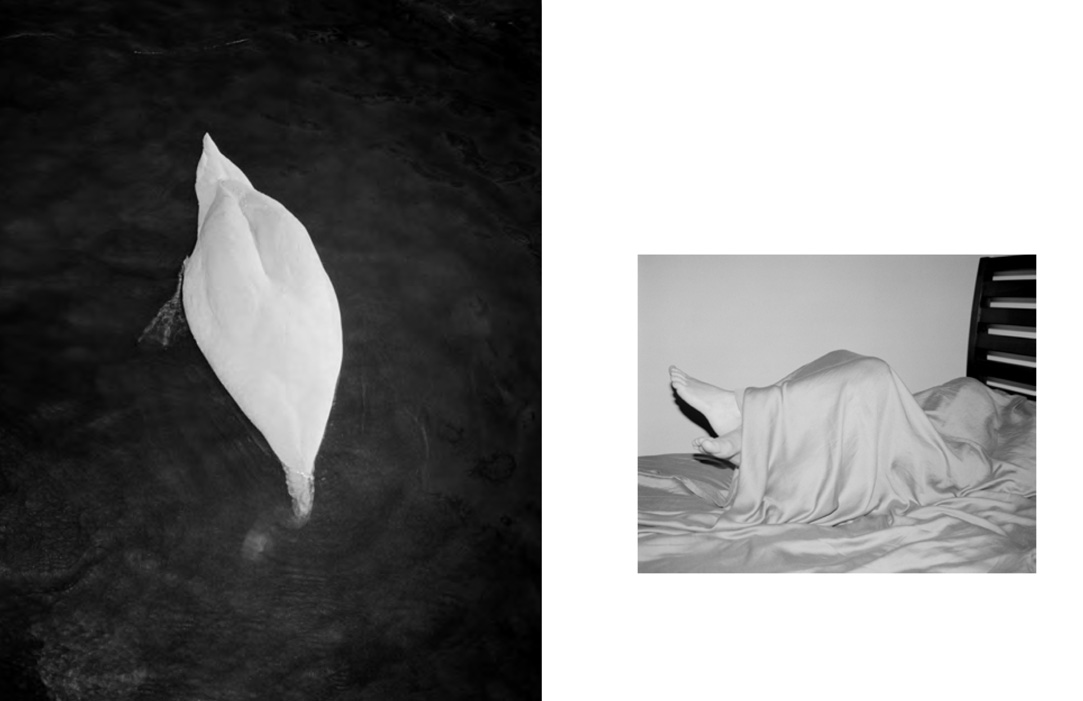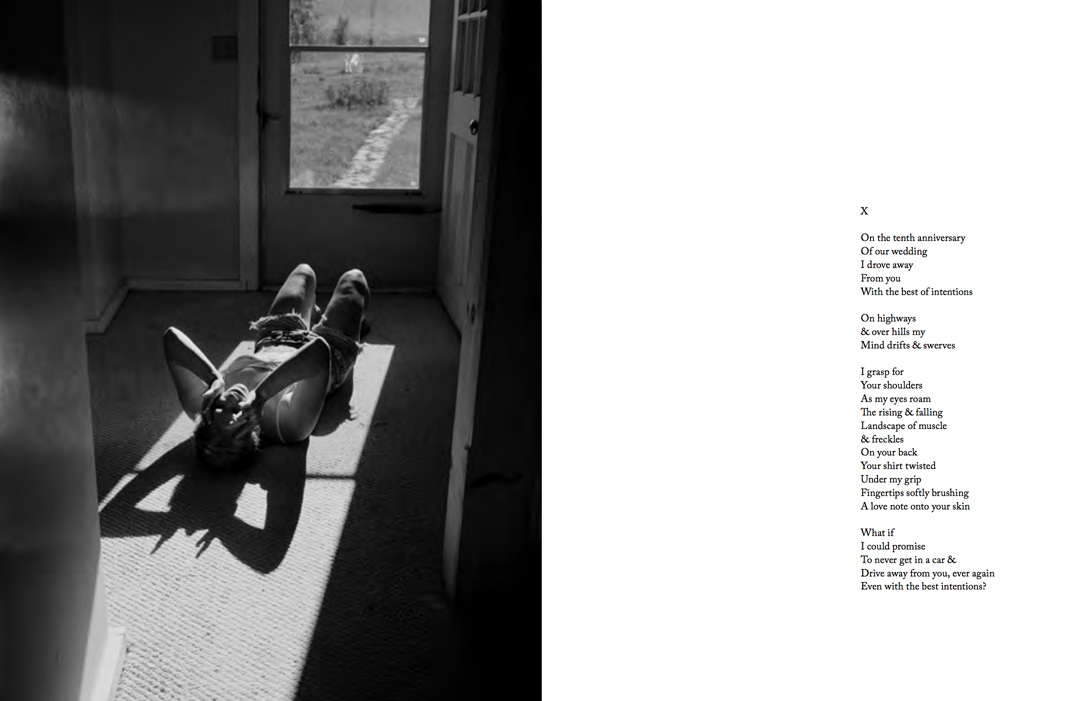For my investigation into a photo book, I will be observing in detail, then discussing the features of Matt Eich’s photo book entitled ‘I Love You I’m Leaving’. I have chosen this book to research because it is the book I will be using in my personal study and Matt Eich is a photographer I have paid close attention to throughout my project thus far. His images are so very poetic and it is a style of documentary photography I am aiming to replicate in my project. The following few blog posts will be dedicated to the research into this photo book and will include discussion surrounding the narrative and features of the book as well as who Matt Eich is and my own options on the book.
Research of the photo book:
I will be researching, for this task, the photo book produced by Matt Eich highlighting his project entitled ‘I Love you I’m Leaving’. This project outlines his parents split after several years pf marriage as he and his newly formed family transfer themselves form their hometown to a new city to start a new life as his parents are in a phase of vulnerability, grief and need. He feels as if he leaving in the most fragile of times and he documents this through photographing his family’s habits in in their new lease of life.
“I Love You, I’m Leaving is my meditation on familial bonds, longing, and memory. The series borrows from personal experience and the visual language of the everyday in order to create a fictional account that mirrors my reality. Made during a time of personal domestic unease, I photographed as my parents separated, and my family moved to a new city.” (ceibaeditions.com)



Throughout the book, Matt Eich sticks strictly with black and white images and focuses harshly on using shadows and light to depict a particular mood – this being quite eerie – there is a certain glow to Eich’s images and his subjects posses a certain importance highlighted through the use of light to illuminate their presence. You see the subjects consisting of his wife, two daughters and older generations through the family wearing mainly white and flaunting their hereditary blonde hair as the light Eich focuses on strictly catches and provides glow to the light colours each subject possesses.
Eich also pays close attention to providing a balanced tone spectrum in each image as you notice the whites being visibly brighter than that of the solid blacks and in between this, greys of all different tones fill the negative space to create a very tonally balanced image.
The genre Eich takes on is that of a documentary approach where he captures the still moments that take their course in between the more hectic, busier moments of life which are also captured on a more subtle level. However, the overall tone the images depict is very atmospheric as if each image is their to tell a story and work as a collective but each individual image also has the ability to stand solitary as a documentation of the fragility of their familial circle. No one image is isolated and they come together, intentionally to create a solid visual narrative of what Eich experiences as a photographer, father, husband and son.
With Eich’s imagery, he pays no attention to attempting to romanticise life itself and as a documentary photography project, it shows life itself and the rawness and actuality of what, on an everyday basis, his family are familiarised with but as a viewer, we are getting an insight in this and become hooked on what we are shown and begin to attempt to deconstruct this when, really, Eich’s job is to show is what is front of him as he discovers his family just as much as we are when delving through the project. Each photograph has a meaning and makes no effort to depict a false reality and instead focuses on what is there – the tangible – but we are shown a sense of intangibility through the project as we attempt to sympathise and relate with something we only know fragments of. Furthermore, Eich creates this sense of belonging as he brings each and every family member together as a collective and us as the audience feel involved in this poetic representation of what family is and it’s ability, in partnership with attachment and love, to unite yet destruct the once solid family tribe.
